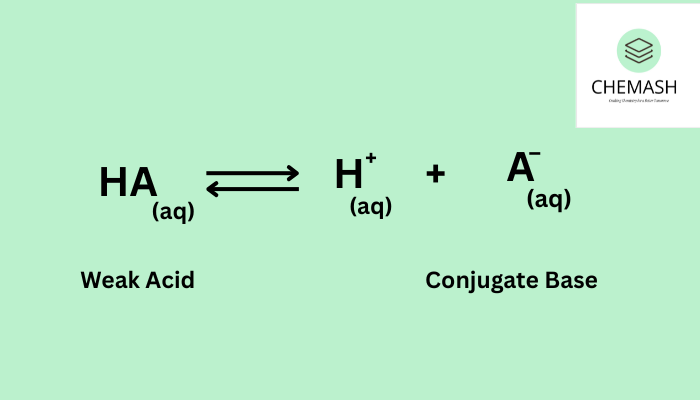Buffer Solutions in Chemical Equilibrium
How buffer systems resist pH change using equilibrium principles
What is a Buffer?
A buffer solution resists changes in pH when small amounts of acid or base are added. It consists of a weak acid/base and its salt (conjugate pair). See more about chemical equilibrium.

Acidic Buffer Example
System: CH₃COOH ⇌ H⁺ + CH₃COO⁻
- Add acid (H⁺): CH₃COO⁻ + H⁺ → CH₃COOH (neutralized)
- Add base (OH⁻): OH⁻ + CH₃COOH → CH₃COO⁻ + H₂O
Basic Buffer Example
System: NH₃ + H₂O ⇌ NH₄⁺ + OH⁻
- Add acid (H⁺): NH₃ + H⁺ → NH₄⁺
- Add base (OH⁻): OH⁻ + NH₄⁺ → NH₃ + H₂O
Key Properties
| Property | Explanation |
|---|---|
| pH Stability | Buffers resist pH change on addition of acid/base |
| Buffer Capacity | Neutralizes limited amounts of acid/base |
| Components | Weak acid/base + conjugate salt |
Applications
- Biology: Blood buffer maintains pH ~7.4
- Pharma: Drug stability and delivery
- Industry: Used in fermentation, dyeing
- Lab: Titration involving weak acids/bases
Buffer solutions are vital in keeping chemical systems balanced and stable.
MCQs on Buffer Solutions
- Which of the following is a buffer solution?
A. HCl + NaOH
B. CH₃COOH + CH₃COONa ✅
C. NH₄Cl + HCl
D. NaOH + NaCl
Explanation: CH₃COOH is a weak acid and CH₃COONa is its salt. - The function of a buffer is to:
A. Make solution basic
B. Increase conductivity
C. Resist pH changes ✅
D. Increase solubility
Explanation: Buffers resist pH changes on addition of small acids/bases.
True or False
- Buffers can be formed from strong acids and bases. — ❌ False
- Acidic buffers work best below pH 7. — ✅ True
- Buffers are used in biochemical reactions. — ✅ True
